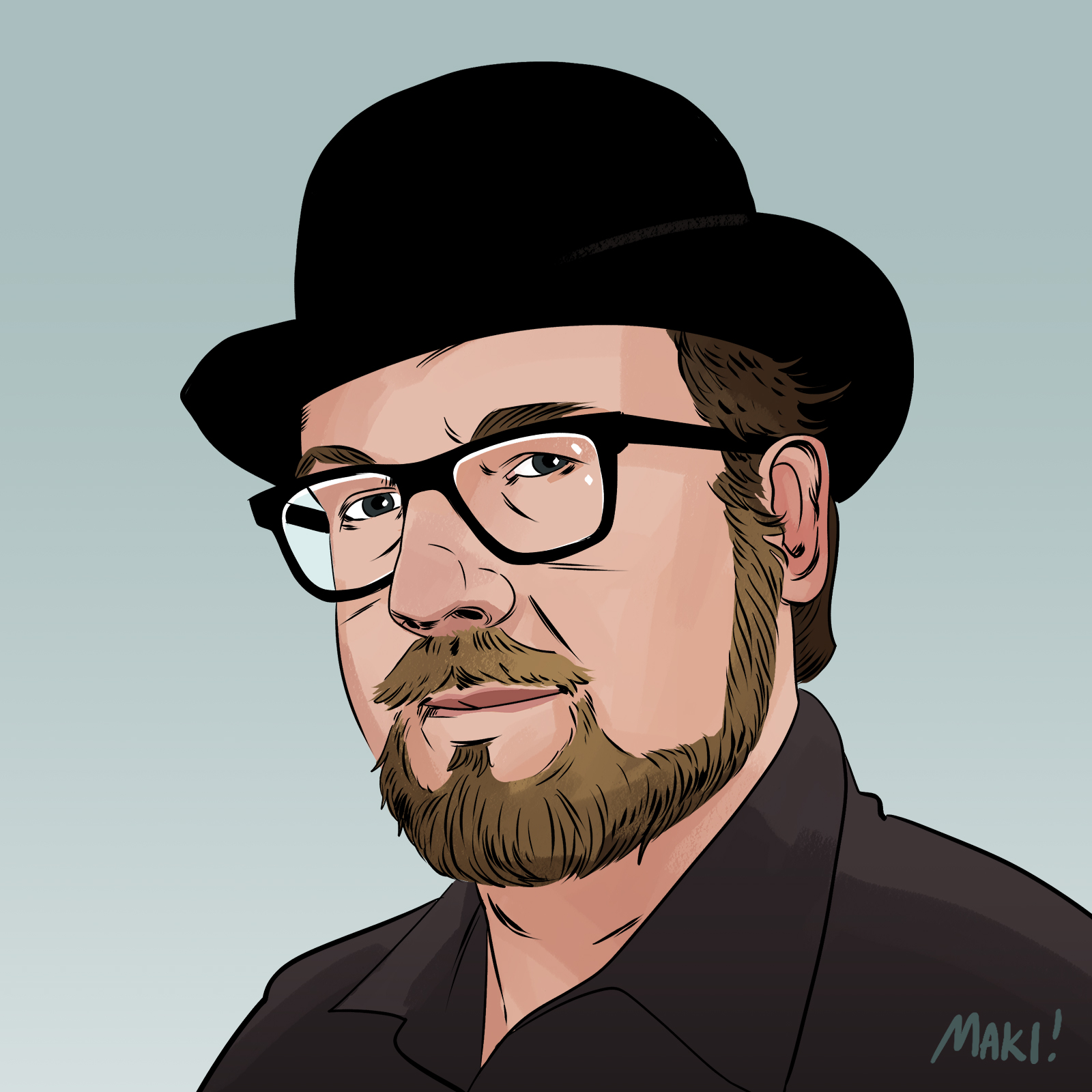
Welcome to the second Carnival of Cosmology! For those unfamiliar with blog carnivals, we gather writing from contributors on a given topic. Today’s topic is a little broader than our first (in which we talked about the evidence for dark energy), and the contributions really highlight what still needs to be done, despite all the huge successes in observational cosmology over the last two decades.
- One of the great things about the modern era of astronomy is the frequent ability to use multiple observational methods to study the same thing. Peter Edmonds (in his first blog post!) details how the great observatories have helped us understand dark energy—but also how much still needs to be accomplished.
- The early Universe was a plasma: a hot mixture of free electrons, bare nuclei (ions), and photons. When the Universe cooled down enough around 380,000 years after the Big Bang, the electrons and ions combined, freeing the photons. However, over time much of those stable atoms became reionized. Katie Mack explains the mystery of reionization, and what it reveals about the first stars and galaxies in the Universe. Bonus: a great Douglas Adams reference in the post title.
- Before reionization came recombination, when the first stable atoms formed…but before that, the Universe was opaque. In my carnival contribution, I discuss the difficulties in probing that important era in cosmic history. I specifically focus on two things cosmologists in their wildest dreams wish they could find: primordial neutrinos and gravitational waves.
- On the topic of gravitational waves, Ethan Siegel talks about how to look for them, the positive prospects for finding them…but also why we should be realists. While we’ve known about the existence of gravitational radiation for decades (and the theory has been around a half-century longer), our best efforts so far have failed to find them—and our best hope lies in rare events.
While it’s not cosmology, I also want to highlight a great post by Desiree Abbott. It’s unfortunate in a way that we are inundated with great astronomical images, such as many I’ve run on this blog: it raises expectations of people who first look through telescopes. While you may not be able to see the first galaxies from your backyard, that shouldn’t discourage you from becoming an observer yourself! The Universe is a beautiful place, and it’s accessible to you.

3 responses to “Carnival of Cosmology 2: Observational Challenges”
[…] all from me for now, folks. This post will be part of the second Carnival of Cosmology, so go check out the other posts, and don’t forget to keep looking up! Share […]
[…] In the meantime, please explore some classic Starts With A Bang through the linked suggestions or the monthly archives (at right), and post your favorite finds below to share with each other. And don’t forget to check out the latest Carnival of Cosmology, here. […]
[…] In the meantime, please explore some classic Starts With A Bang through the linked suggestions or the monthly archives (at right), and post your favorite finds below to share with each other. And don’t forget to check out the latest Carnival of Cosmology, here. […]